Social campaigns have long been viewed as upper funnel and mid funnel tactics, but with new campaign objectives like maximize conversion value we are better able to optimize toward the end purchase than ever before.
Advertisers can now mirror tried and true tactics on search like target ROAS bidding using the max conversion value optimization event in an Advantage+ shopping or traditional sales campaign. Leveraging a tROAS on social campaigns allows us to combine the powerful catalog capabilities and visual nature of social ads with more accuracy than ever before.
When using the max conversion value campaign there are several things to consider in set-up in order to ensure the best return. When using a tROAS the campaign will curb spending unless it is confident that the tROAS can be hit.
ATTRIBUTION SETTING
While 7 day click 1 day view attribution remains best practice, when setting up a max value campaign it is important to consider if a different attribution window makes sense for optimization. For example, if you combine the max value objective with a retargeting audience, you may be looking for more immediate conversions than a prospecting campaign and therefore a 1 day click attribution setting may make sense. Regardless of the attribution setting selected you need to be aware of what that setting dictates when setting your target ROAS goal.
TARGETING
Max value works best with both broad targeting and broad creative, but can also be deployed to ensure a specific return on a particular audience segment. To use the retarget example from above, we may be looking to convert on retargeting audiences only at a known return. Oftentimes retargeting audiences have touchpoints in other channels like search or email that may convert them and therefore we want to limit the duplicative spend against these audiences unless we can guarantee a specific ROAS is met. Considering the targeting when setting your ROAS goal is key to ensuring success with this campaign type.
Creative & Product Assortment
The third major consideration when setting up a Max value campaign is around product assortment and creative. Max value campaigns really thrive when using catalog ad formats like collection and carousel ads.
When it comes to the product set you select, think about keeping it as broad as possible. After several rounds of testing, we found that layering in promotional creative into a max value campaign hurt the campaign’s ability to spend at the tROAS goal. Essentially, we were confusing the algorithm by asking it to find higher AOV purchasers but then feeding in discounted products in the creative. Additionally, even full price product ads did significantly better when the entire catalog was included vs. a subset of the catalog. You still want to include several ad variations, but leaning into all catalog ads will help this campaign type optimize best.
Other Considerations
Several other considerations for determining if max value makes sense for your brand. Max value is best deployed not only with a range of products and price points as mentioned above, but specifically for brands where AOV can be a challenge. Brands who struggle to find adequate conversion volume to exit the learning phase likely are not a fit for a Max Value campaign. Secondly, given the volatility of daily spend it is not recommended that you rely only on max value campaigns within your social strategy. Finally, these campaigns take a full two weeks to ramp up and start to hit that tROAS goal consistently.
Interested in learning more about max value campaigns? Reach out to our team to discuss if this tactic might be the right fit for your program.
Photo: © Unsplash

